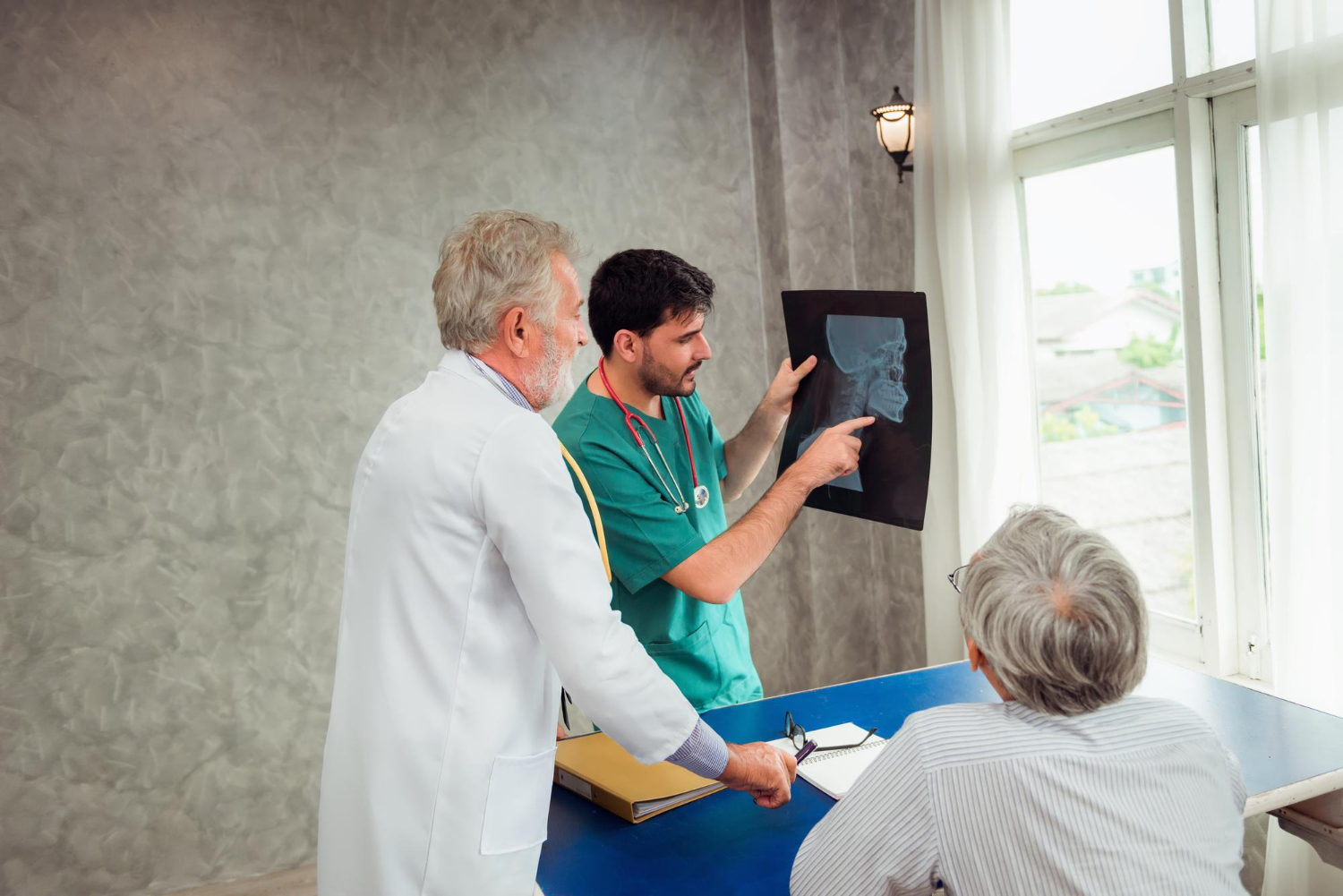
Introduction
Primary care physicians face a critical challenge: more than 50% of older adults with Alzheimer’s disease and related dementias (ADRD) never receive timely diagnosis. Time constraints, competing health priorities, and limited screening tools create barriers that leave countless patients without proper detection and care. However, a groundbreaking solution combining artificial intelligence with patient-reported data is transforming how healthcare systems identify dementia—without adding burden to already overwhelmed primary care teams.
Researchers from Indiana University School of Medicine, Regenstrief Institute, Eskenazi Health, University of Miami School of Medicine, and Lamar University have developed a fully digital, zero-cost method that increases dementia detection rates by 31% without requiring additional physician time. This revolutionary approach represents a paradigm shift in translating AI technology into everyday clinical practice.
The Challenge of Dementia Detection in Primary Care
Why Traditional Screening Falls Short
Primary care settings struggle with ADRD detection for multiple reasons. Clinicians typically spend limited time with each patient, focusing primarily on acute health concerns that prompted the visit. The stigma surrounding Alzheimer’s disease further complicates conversations about cognitive decline. Traditional cognitive performance tests—whether digital or paper-based—present significant scalability challenges requiring dedicated clinician time for administration and interpretation.
The Cost Barrier
Most early detection methods demand at least five minutes of physician time and often come with expensive licensing fees. These requirements create unsustainable models for busy primary care practices serving thousands of patients. While the FDA recently approved blood-based biomarkers for Alzheimer’s disease, no comparable biomarkers exist for other forms of dementia, leaving a substantial diagnostic gap.
Revolutionary Digital Approach Combines Two Powerful Tools
Quick Dementia Rating System (QDRS)
The QDRS functions as a patient-reported outcome measure consisting of 10 questions that patients or caregivers complete independently. This tool empowers families to report cognitive changes quickly and easily through their patient portal, eliminating the need for clinician-administered assessments. The system automatically invites patients aged 65 and older to participate, seamlessly integrating screening into routine healthcare workflows.
Passive Digital Marker (PDM)
The PDM represents over 10 years of development at Regenstrief Institute. This machine learning algorithm uses natural language processing to analyze electronic health record (EHR) data, identifying patterns associated with dementia risk. The technology examines memory issues, vascular concerns, and other dementia-linked factors already documented in patient records. The PDM continuously works in the background, requiring zero manual input from healthcare staff.
How the Technology Works in Clinical Settings
The dual-tool approach embeds directly into Epic EHR systems, operating seamlessly within existing infrastructure. When patients access their patient portal, they receive automatic invitations to complete the brief QDRS survey. Simultaneously, the PDM algorithm analyzes clinical data continuously, flagging at-risk patients through pattern recognition.
Results appear automatically in clinicians’ EHR inboxes, prompting further evaluation only when necessary. This design ensures physicians receive actionable information without performing manual screenings or spending additional consultation time on cognitive assessments. The system essentially creates a safety net that catches potential dementia cases that might otherwise slip through diagnostic cracks.
Clinical Trial Results Demonstrate Remarkable Effectiveness
Study Design and Scope
The pragmatic randomized clinical trial, published in JAMA Network Open, involved more than 5,300 patients across nine Eskenazi Health Center federally qualified health centers in Indianapolis. Participants had no existing diagnosis of mild cognitive impairment, dementia, or severe mental illness, representing typical primary care populations.
Impressive Outcomes
Over 12 months, the combined QDRS-PDM approach increased the incidence rate of new ADRD diagnoses by 31% compared with usual care—all without requiring additional clinician time or expensive testing. Beyond diagnosis rates, the digital approach generated a 41% increase in follow-up diagnostic assessments, including neuroimaging and comprehensive cognitive testing. These results suggest earlier intervention and more accessible dementia care, particularly for traditionally underserved populations.
Unprecedented Scalability and Zero-Cost Implementation
Open Source Accessibility
Dr. Malaz A. Boustani, who co-developed the PDM, emphasizes the breakthrough’s scalability: “Most early detection methods require at least five minutes of a doctor’s time and often come with licensing fees. Our dual approach, by contrast, requires zero clinician time or money.” The PDM is now open source, following Regenstrief’s tradition of open medical record methodology. Any healthcare system with an EHR and appropriate technical personnel can implement the technology without licensing fees—only basic deployment costs apply.
Leveling the Healthcare Playing Field
Dr. Zina Ben Miled, co-developer of the PDM and Lamar University professor, highlights the equity implications: “What’s powerful about this approach is that it helps level the playing field. By embedding these tools directly into the electronic health record, we can reach patients who might otherwise be overlooked—ensuring that everyone, regardless of background or resources, has the same opportunity for early detection and care.”
Transforming Patient Care and Clinical Workflows
The combined digital approach benefits both healthcare systems and patients. Primary care teams gain powerful diagnostic support without workflow disruption. Patients receive earlier identification of cognitive concerns, enabling timely intervention when treatments may be most effective. Families gain tools to report observations about cognitive changes, facilitating crucial conversations with healthcare providers.
Dr. James E. Galvin from University of Miami Miller School of Medicine notes: “The Quick Dementia Rating System was designed to empower patients and families to report cognitive changes easily and quickly. When used with digital tools like the Regenstrief passive digital marker, we can bring early detection to scale—efficiently and effectively.”
The Future of AI-Powered Dementia Detection
This breakthrough represents a major step forward in translating AI and patient-reported outcomes into everyday clinical care. By integrating scalable digital tools that operate seamlessly within existing health systems, the research team has demonstrated how technology can strengthen early detection, reduce burdens on primary care teams, and improve outcomes for older adults.
Dr. Boustani, lead author of the clinical trial, reflects on the innovation’s significance: “This work represents the next phase of our half-century legacy at Regenstrief—using data, innovation, and compassion to transform healthcare delivery. We’ve shown that it’s possible to bring the power of AI and patient-reported outcomes directly into the clinic—seamlessly, affordably, and at scale.”
The study’s success opens doors for widespread implementation across diverse healthcare settings, potentially transforming dementia care for millions of older adults who currently lack access to timely screening and diagnosis.

Leave a Reply